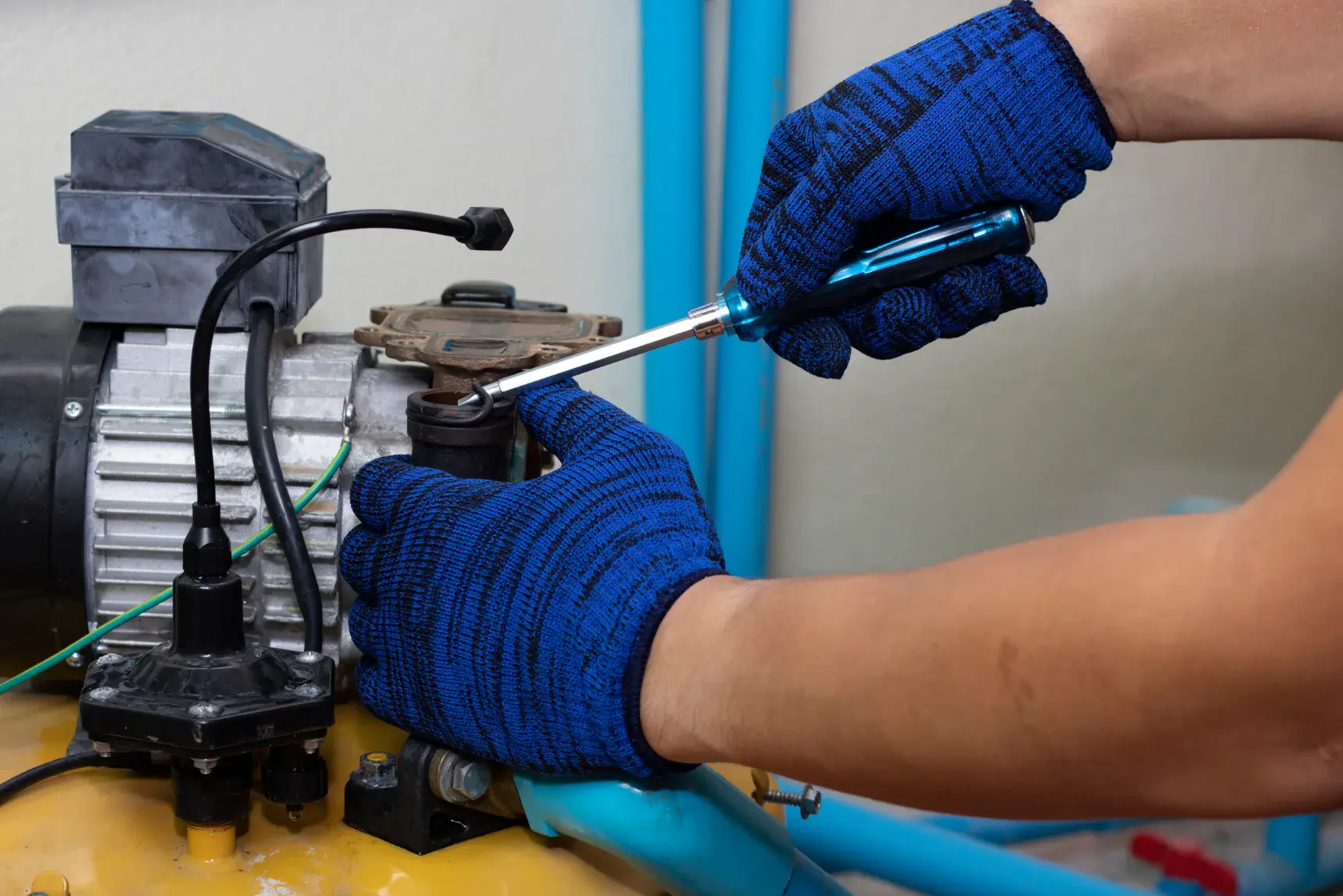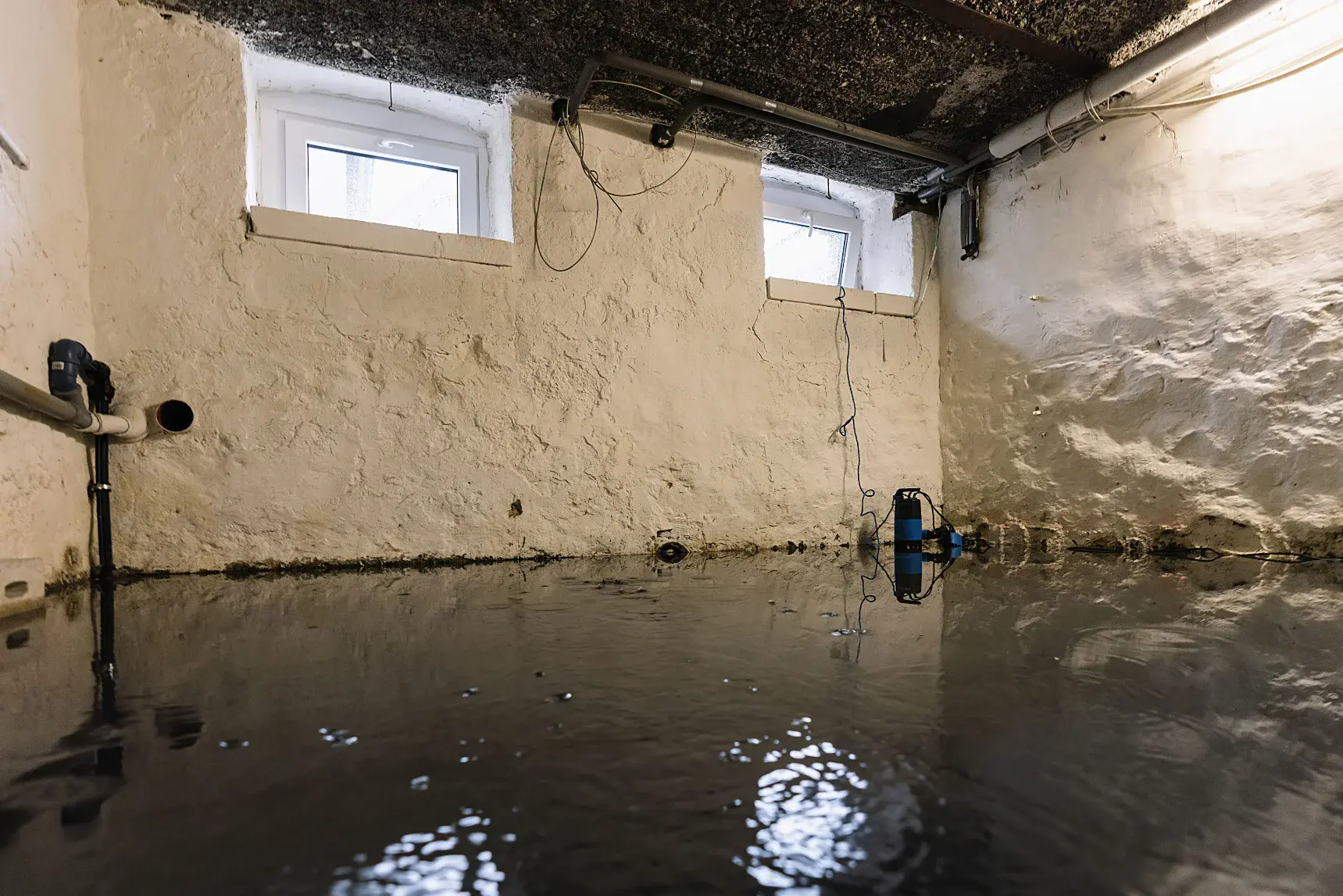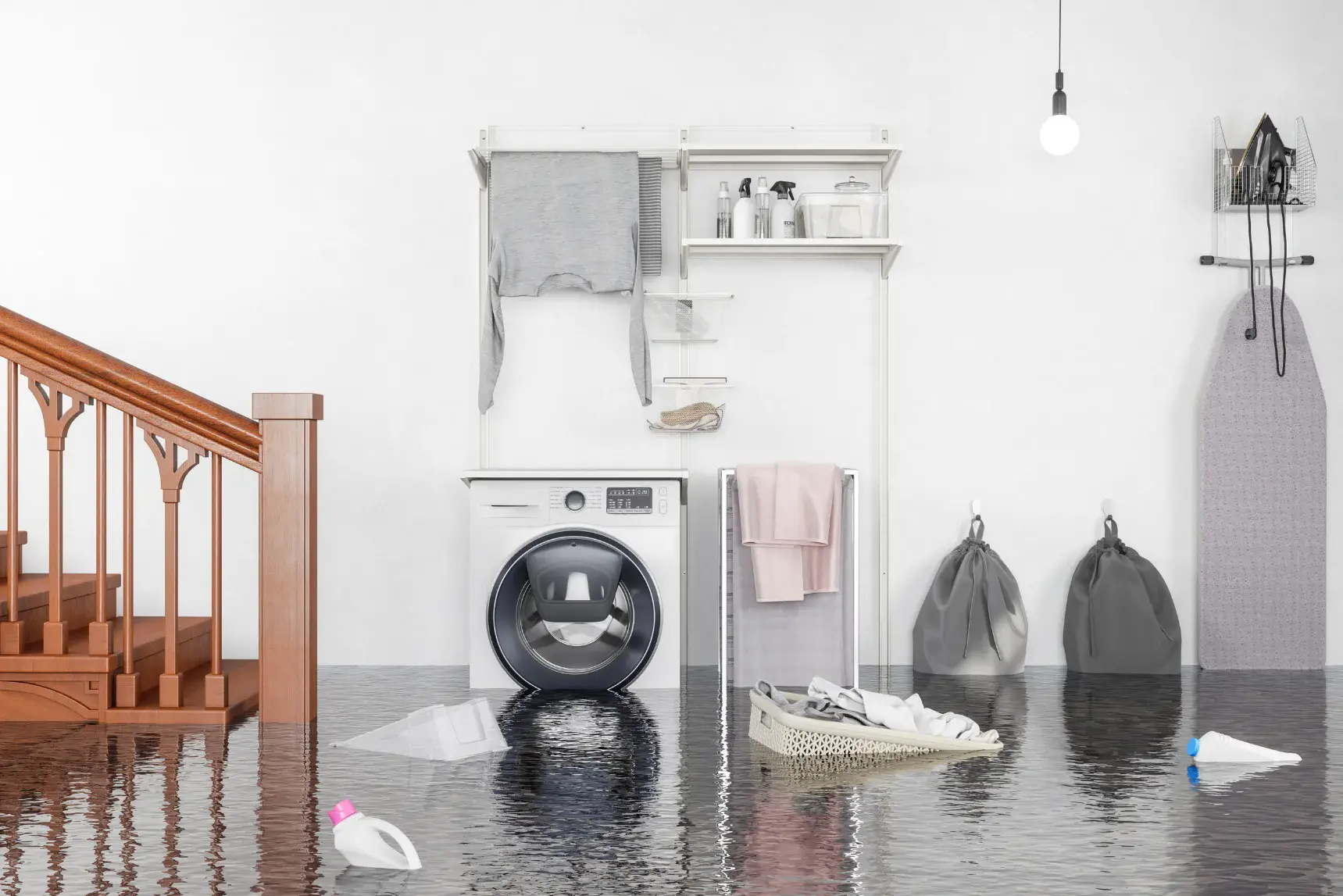When installing a sump pump, you have several options, depending on what functionality you need. Some types include:
Pedestal Sump Pumps:
In this model, the pumps are set at the top of the sump basin, which allows technicians to easily access it if it needs to be repaired or replaced. This unit has a hollow shaft or pipe that runs down to the bottom of the basin, where it pumps out the water through an installed impeller apparatus.
Submersible Sump Pumps:
These units have a waterproof motor and are placed into the pit. This allows for more quiet operation.
Sewage Septic Pumps:
This unit is typically used when black wastewater material has to be moved up a level from below the ground surface, like in a basement.
These systems grind the waste into a fine slurry, which is then pumped upward into a septic tank system.
Septic Effluent Pumps:
These specialty devices force liquified septic fluids through drain fields.
Battery Backup Sump Pumps:
It’s important to include a battery backup on your unit to ensure it can still work even during a power failure.
This can give you assurances that it won’t go out in the middle of a severe storm.


 Book
Book Call
Call 










